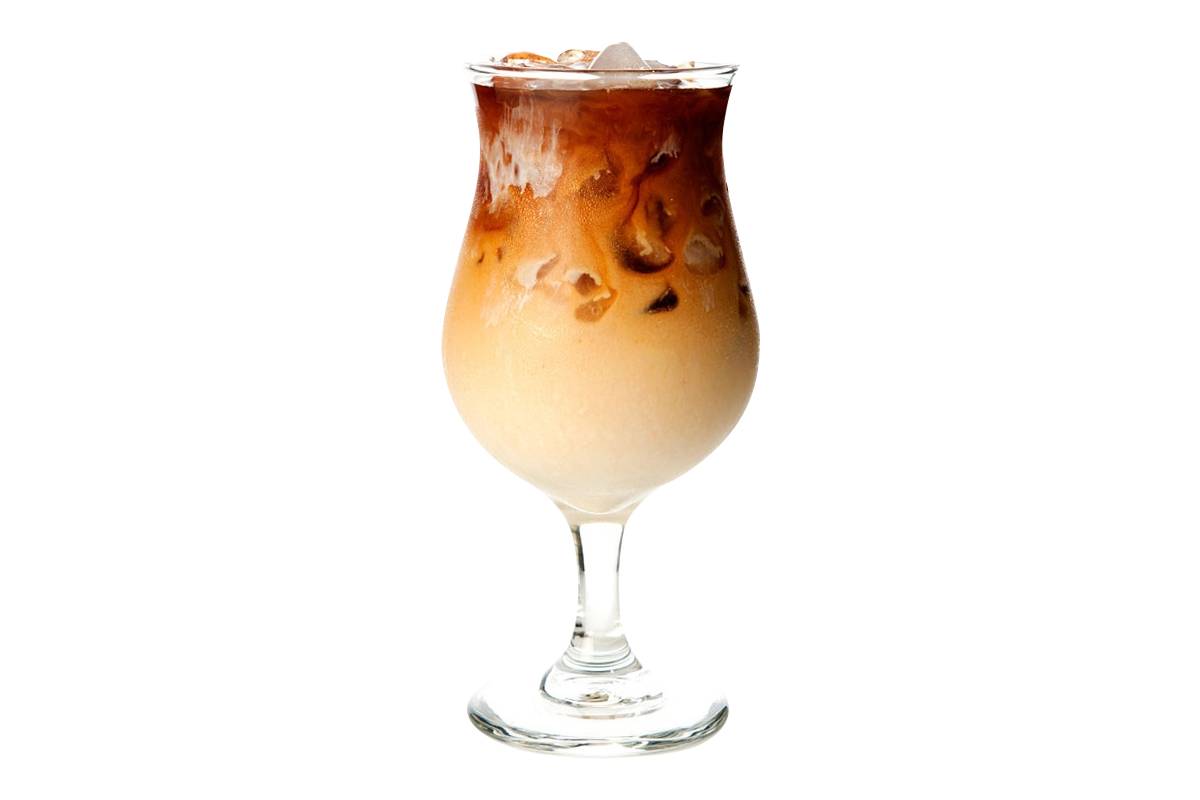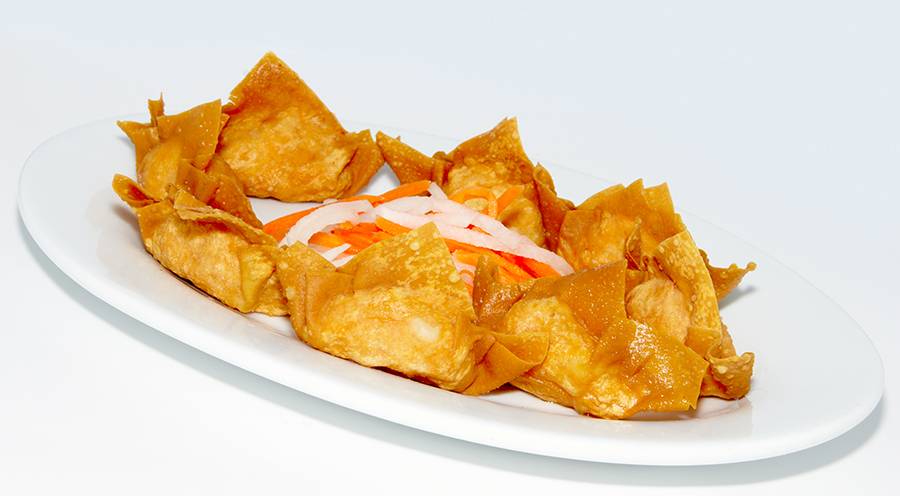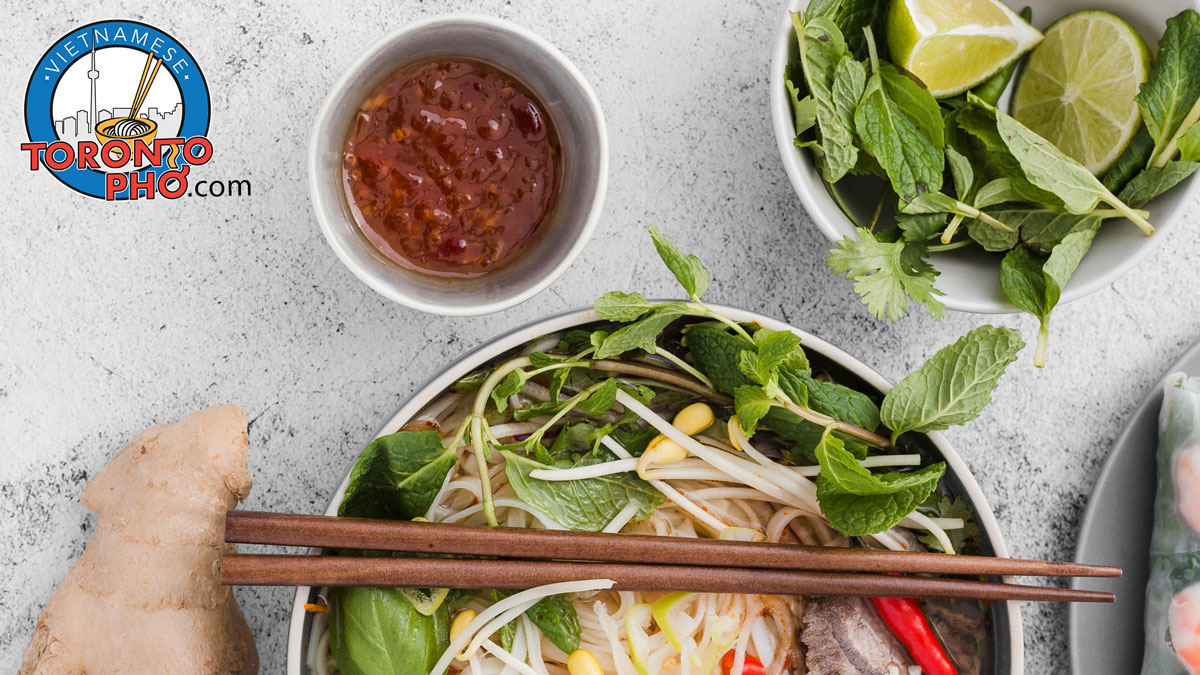
Vietnamese is a diverse cuisine that has some very interesting origins and influences. Like Canadian food has its span of multicultural dishes, eating Vietnamese is quite similar in that there’s a little bit of French, a little bit of indigenous Vietnamese, a little Cambodian, a little Chinese, and a little Thai in it. This doesn’t even begin to dig into the regional influence and divide between central, northern, and southern parts of the country.
What countries have had the biggest influence on Vietnamese cuisine?
The area that is today Vietnam was once a French colony. From 1858 to 1954, Vietnam was French. When the French moved in on indigenous Vietnamese, there was a clash in food cultures. The Vietnamese, of course, had a manner of eating and the French had another. These two cuisines came together in this colonization that resulted in many dual-cultured dishes. Baguettes, coffee with cream, milk, butter, custards, and cakes are all a result of the French.
Read more: What Influenced Vietnamese Cuisine – Where Is It From and the People Who Made It
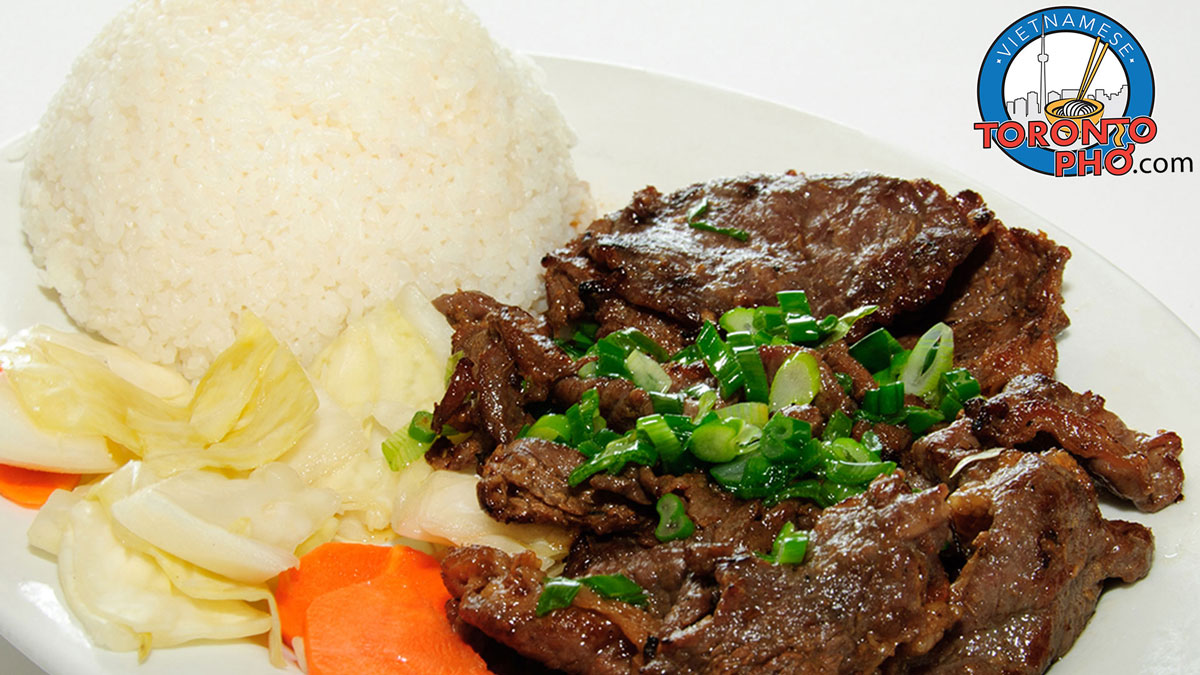
Meat is an ingredient used in every ethnic cuisine. It is used in so many different ways. In Vietnamese cuisine, like other Asian manners of cooking, we work hard to use as much of our meats as possible.
You may have heard about common Vietnamese meat dishes, some hot and others cold. Breakfast, lunch, dinner, or dessert, meat seems to always find its way into the food we prepare. Here’s a list of our favourite Vietnamese meat dishes and a little bit about the philosophies behind them.
Bo la lot
Bo la lot uses a very spicy kind of cooked beef and wraps it in a betel leaf and is then grilled. Considered a finger food, it is commonly served at barbecues and community gatherings. Vietnamese cuisine in the southern half of the country prepares a similar dish with pork. Numerous Asian markets also prepare and sell bo la lot as a type of quick-to-eat meat dish.
Read more: What is a Vietnamese Meat Dish – See a List of Our Favourites
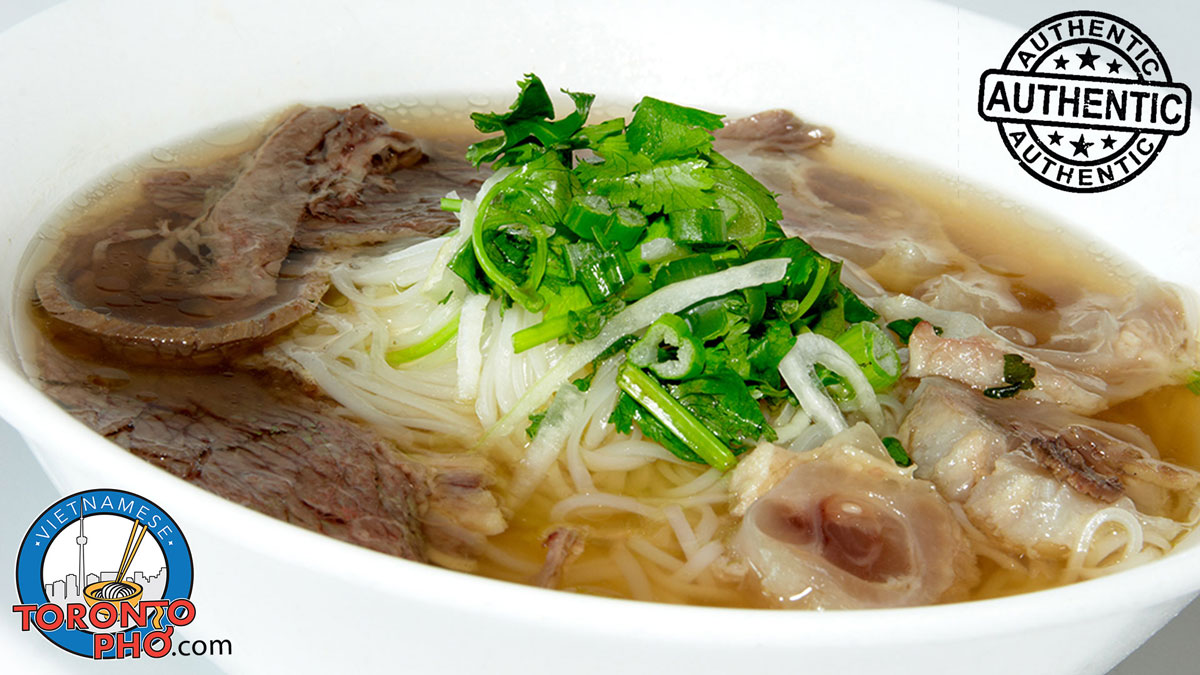
Fresh ingredients have a big influence on the quality of a Vietnamese dish. Local restaurants, vendors, and markets in Vietnam have relationships with local farmers and their villages. Entire villages exist with the sole purpose to produce a specific ingredient, such as vermicelli, rice, or something else. These village-based cultural traditions have been passed down for centuries, assigning responsibility to specific families to feed the people.
We live in an era where technological advancement and innovation are closely associated with value. Cultures like Vietnamese cuisine celebrate traditions that repeat over and over. For decades, dishes like pho have been made the same way. They’ve truly stood the test of time. Here are just a few of the ways in which ingredients in Vietnamese cuisine are prepared authentically by villages back home.
Com
Com is a form of beaten green rice made in the Me Tri Village in the Vietnam city of Hanoi. This village is considered one of the two oldest places in Vietnam. Com is a seasonal dish in Me Tri, created from immature rice kernels.
Read more: How Vietnam Villages Prepare Authentic, Fresh Ingredients for Use in Our Cuisine
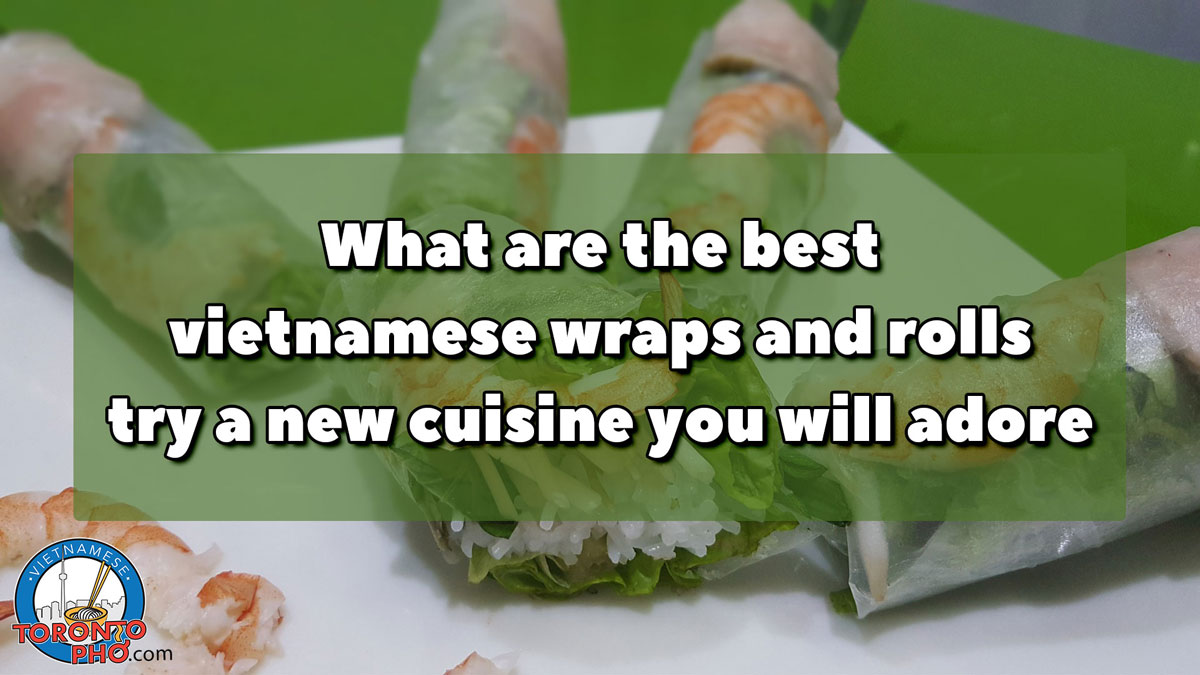
With the growing number of vegans and vegetarians out there in Canada and abroad, more emphasis than ever is being placed on fresh herbs and veggies. In Vietnamese cuisine, these components are already the focus of so many different dishes and categories of foods.
On the note of super healthy Vietnamese foods, there’s wraps and rolls. They often come fresh and prepared, as a perfectly balanced restaurant appetizer. As you will find in our quick list of wraps and rolls, a lot of them use rice paper to create the shape. Customizations are frequent, which is why they can be easily made to reflect a vegan or vegetarian Vietnamese diet. Also, dipping sauces are often the norm with many wraps and rolls. Whether you eat them plain, dipped, or as a finger food, wraps and rolls are an important category of Vietnamese eating.
Bi cuon
Bi cuon, like many Vietnamese wraps and rolls, uses rice paper rolls. Inside, the mixture can be customized according to how you like. It usually involves shredded pork or shredded pork skin tossed with powdered toasted rice. Bi cuon can be served along with salad, akin to your basic summer rolls. Some of the other things you might find in bi cuon include garlic sauce, lemon, carrots, white radish, pickles, sugar, and chili.
Read more: What Are the Best Vietnamese Wraps and Rolls – Try a New Cuisine You Will Adore!
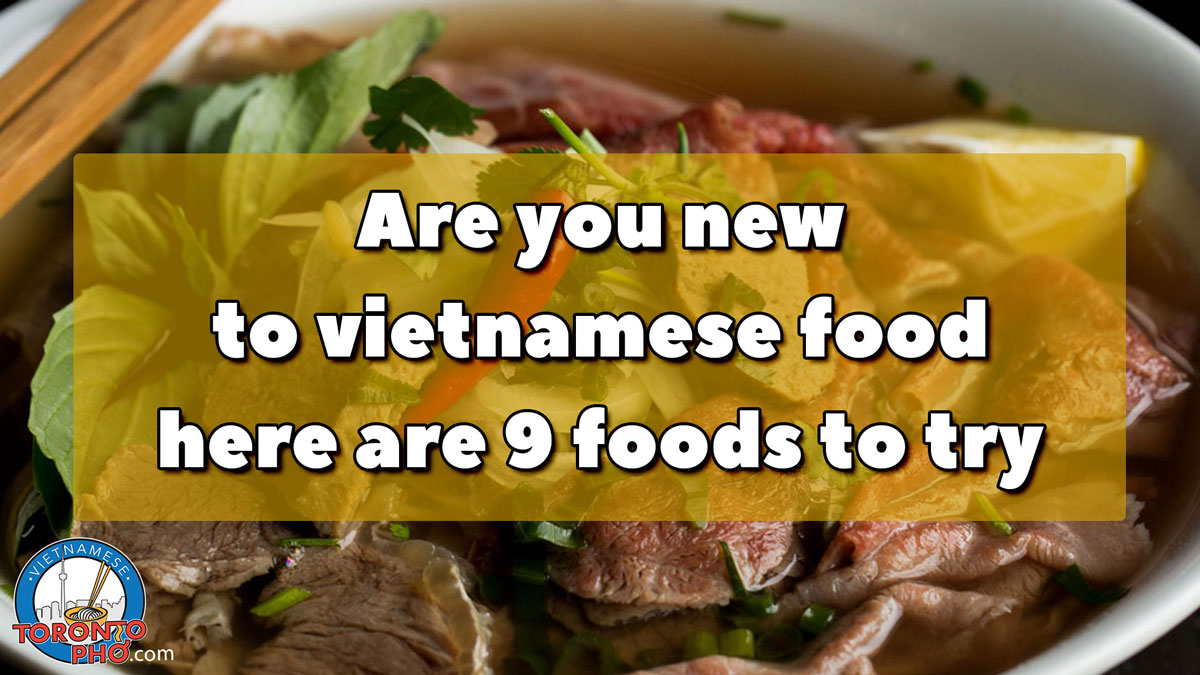
A lot of Canadians have a pretty strong grasp of Chinese and Thai food but have you tried Vietnamese – it’s fresher, packs in more vegetables, and is considered an all-around healthier choice than other East Asian cuisines.
You may have heard about pho, a popular Vietnamese soup. Here at TorontoPHO, it’s what we’ve built our name on. That said, there’s a lot more to Vietnamese cooking than a signature soup. This type of cuisine often uses farm-picked fresh herbs, tasty fibre-filled vegetables, lean meats, and limits the use of oils, fats, and carbs. It’s always delicious, as long as it’s done right which we happily do. If you’re new to Vietnamese food, here’s what to try first. Let’s go exploring.
Rice rolls
Rice rolls are vegetables and meats wrapped in a thin rice paper, usually served fresh but sometimes deep-fried. They are a great finger-food, an adequate appetizer or snack, and ingredients can range from shrimp and pork to simply vegetables. There is all sorts of ways to customize rice rolls though most of them are relatively basic, especially if you choose the fresh over deep-fried option.
Read more: Are You New to Vietnamese Food – Here are 9 Foods to Try!
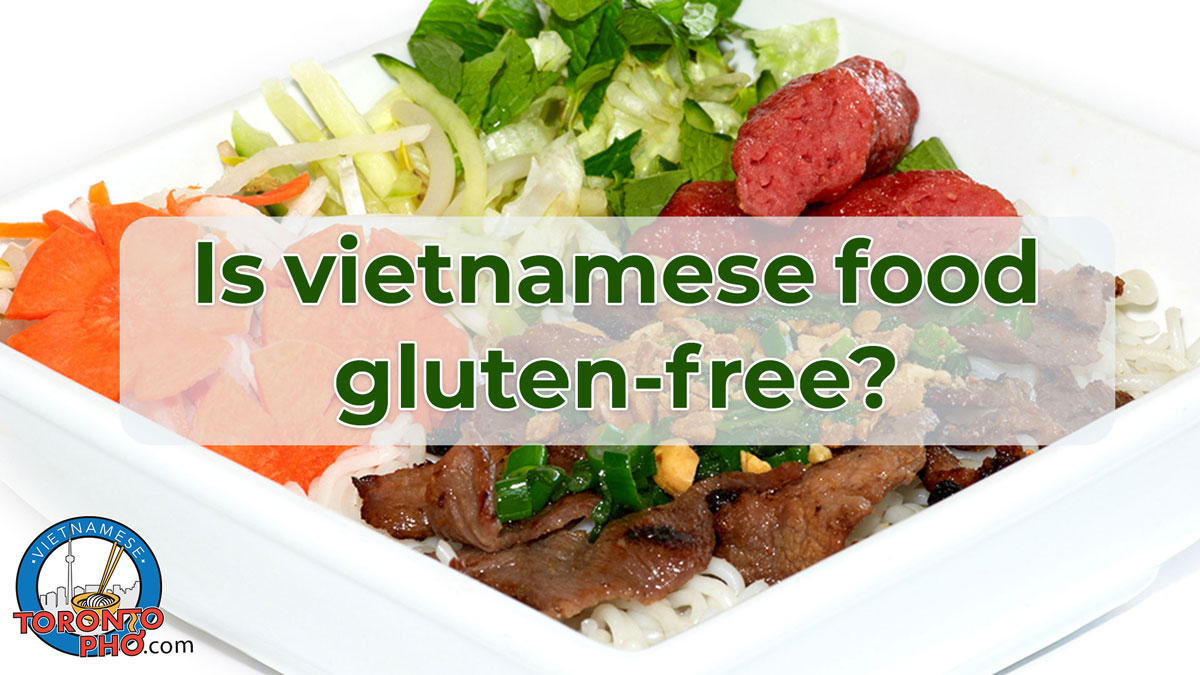
Celiac disease can be an inconvenient dietary restriction but thankfully, it doesn’t cut out everything tasty. In fact, a lot of Vietnamese cuisine is gluten-free or close to. If you have celiac disease or just prefer to avoid eating gluten, you won’t have any trouble with Vietnamese food.
Done right, the food in Vietnamese cooking is always delicious, healthy, and heavily based around ingredients like rice, rice flour, and rice noodles – most of which contain little to no gluten. Furthermore, what isn’t already gluten-free can most likely be made so with a few alterations. Customizations in Vietnamese cuisine are very common, turning traditional dishes like pho into trendy, energized varieties perfect for all sorts of diets. Add in some alternatives here and there, and Vietnamese may in fact prove to be a perfect diet for a person with celiac disease.
Is pho gluten-free?
The most common question about eating gluten-free in Vietnamese cuisine is whether pho is gluten-free. Pho comes in many different types – some of which are gluten-free. There aren’t opportunities to really add gluten-based products to pho to begin with so even varieties that aren’t marketed as ‘gluten-free’ are still only going to contain very little.
Do keep in mind that sometimes the broth or soup base for pho can contain gluten, and depending on the noodles used, there’s also the risk of gluten-containing noodles. If possible, ask ahead what’s included in your bowl of pho. Note, if the noodles are ‘bun noodles’, it means they’re made from rice and are gluten-free.
More Articles ...
Page 33 of 53

